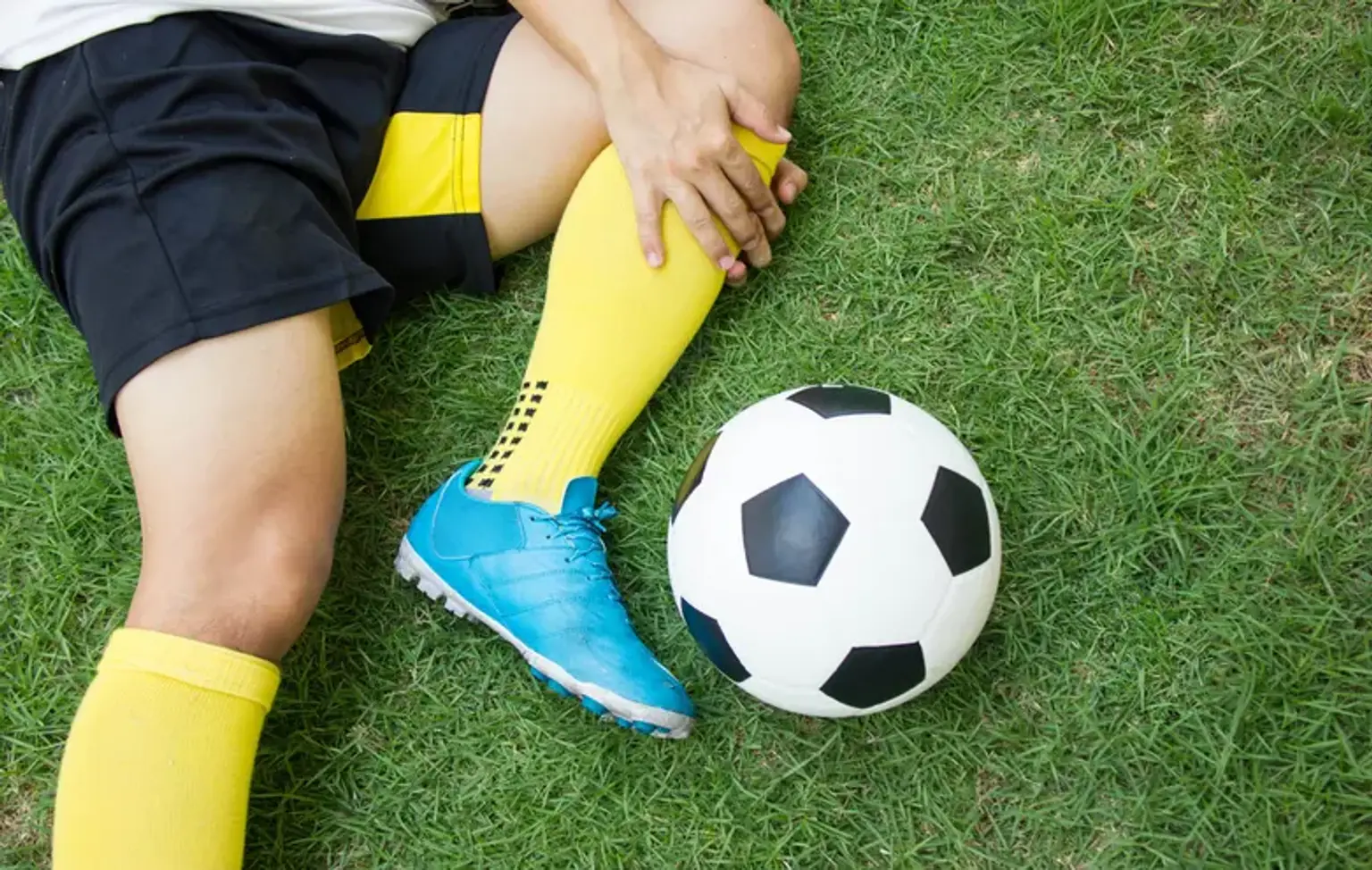Sports Traumatology
Overview
Sport is a life-enriching activity for people of all ages. It maintains us strong and healthy and, at best, slows the aging process. Unfortunately, sports injuries are always a possibility in every sport. This does not necessarily have to be in the form of bruises, abrasions, or broken bones. The body is frequently subjected to inappropriate tension on tendons, muscles, and ligaments, which can lead to more severe physical discomfort and pain over time. Sports medicine is a medical specialty concerned with the prevention, diagnosis, and treatment of sports-related injuries.
Sports injuries can occur unexpectedly as a result of overtraining, improper training, bad technique, incorrect attire, or a lack of fitness, among other factors. The therapies employed enable the individual to resume their usual training program as soon as feasible and in the best possible conditions.
Sprained ankles, muscle tears, tendonitis and tendinopathies (tennis elbow, golfers elbow, Achilles tendon rupture), knee injuries (meniscus fracture or damage to the anterior or posterior cruciate ligament), cartilage injuries, and shoulder injuries (dislocation and tendinopathy), among others, are the most common injuries in sports medicine.
